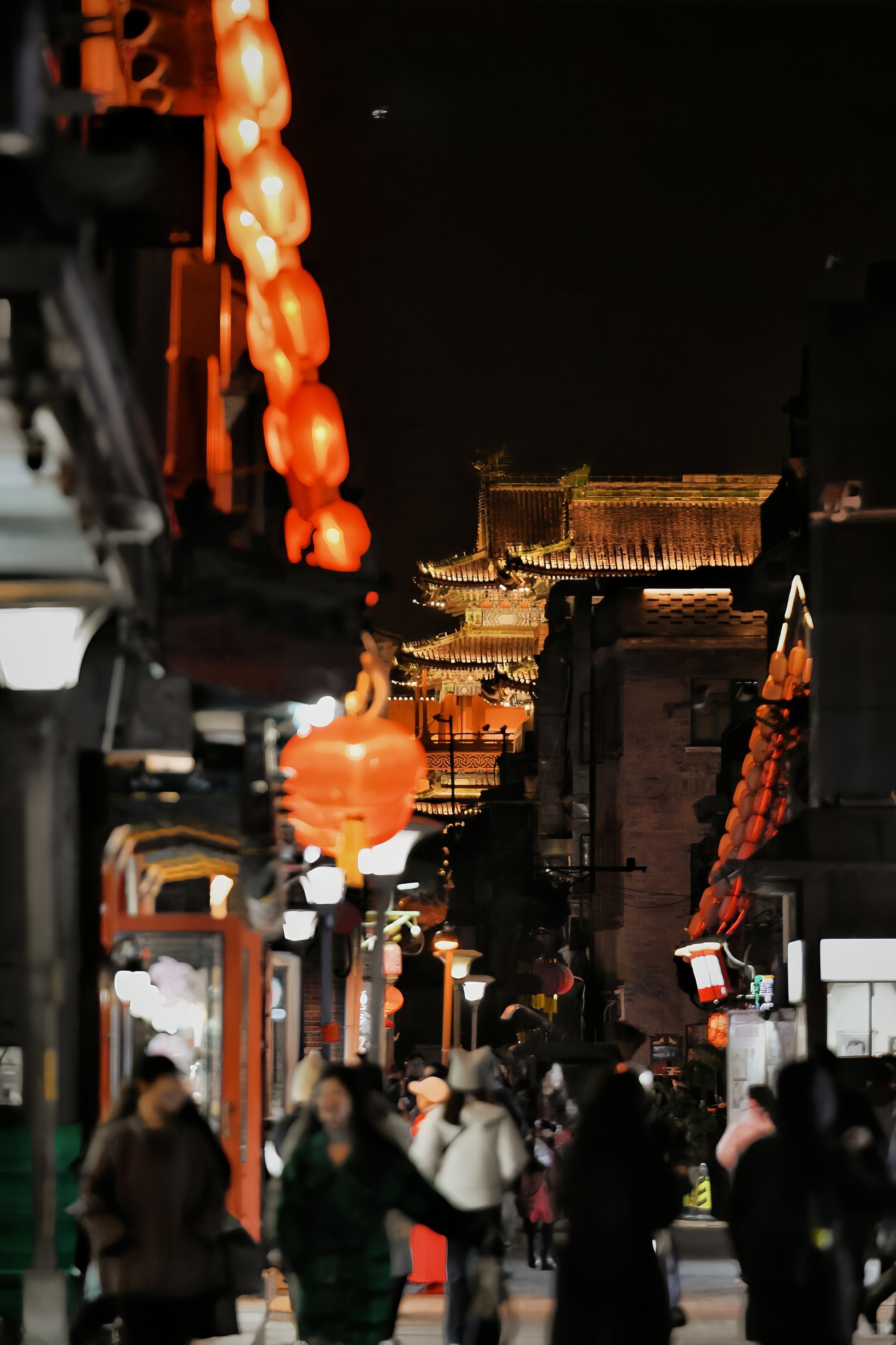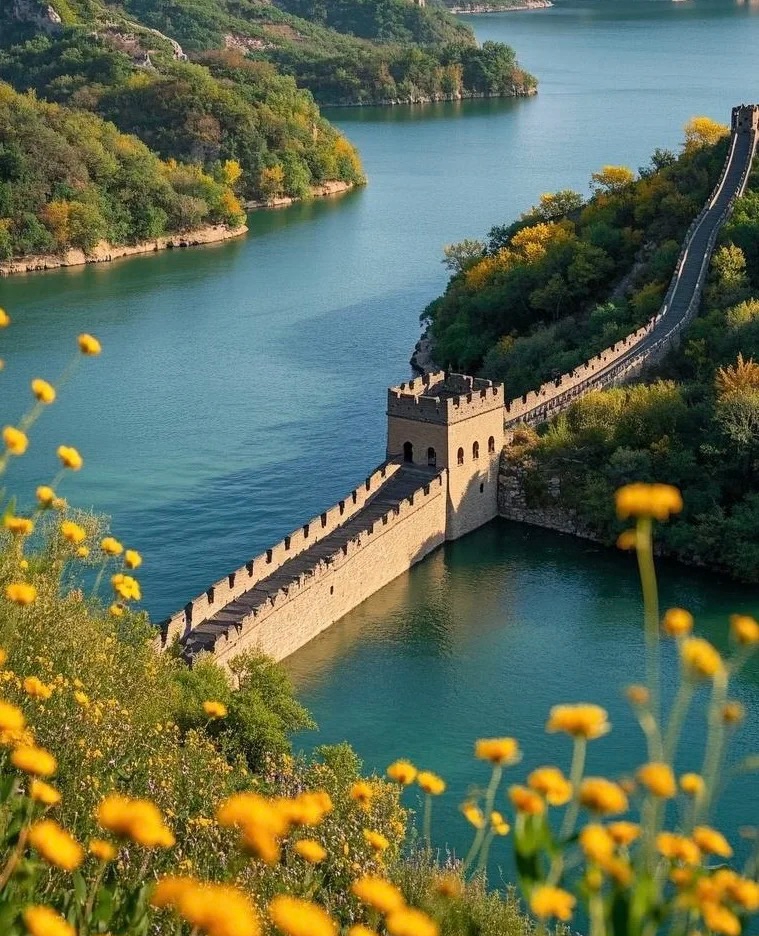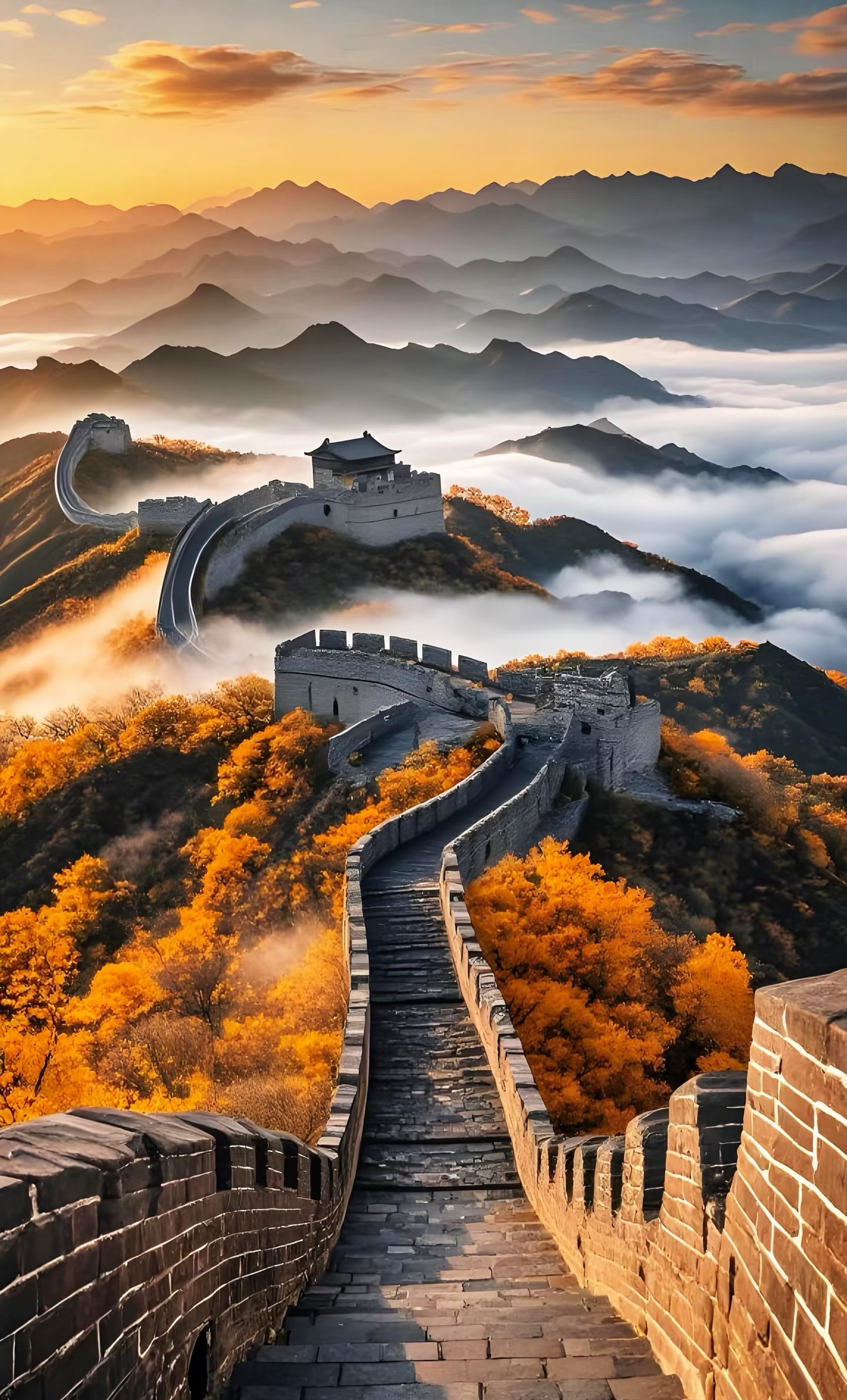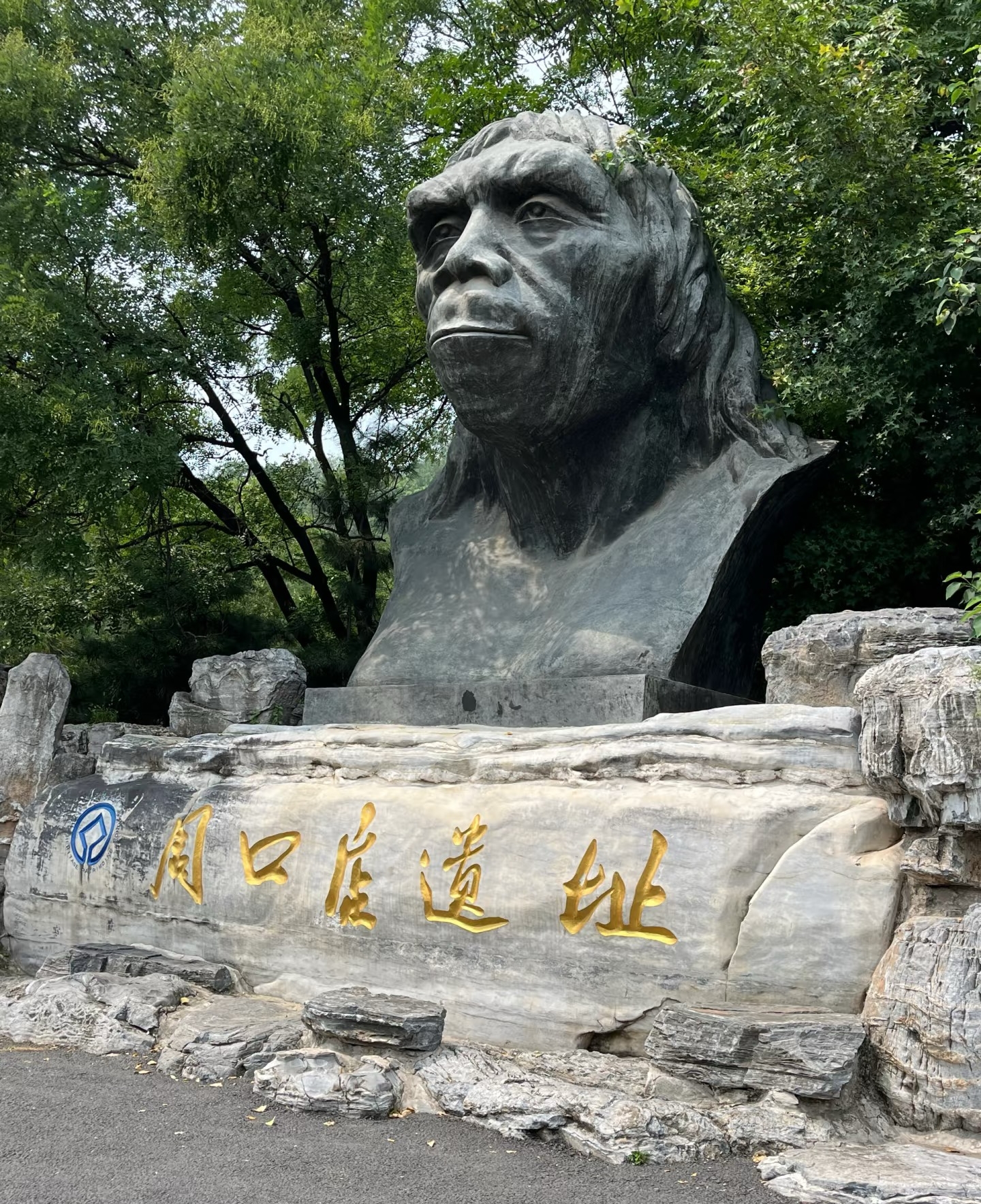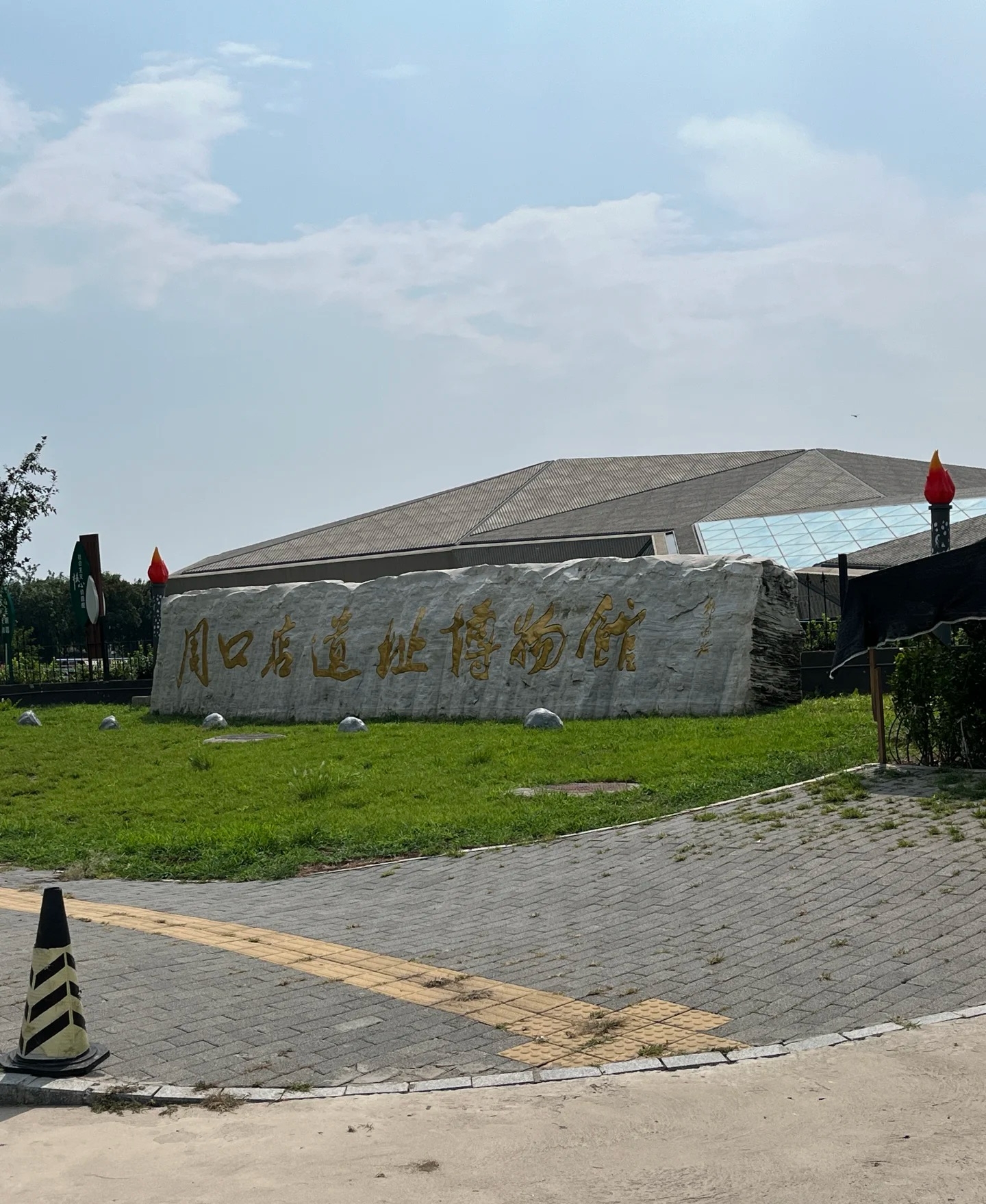

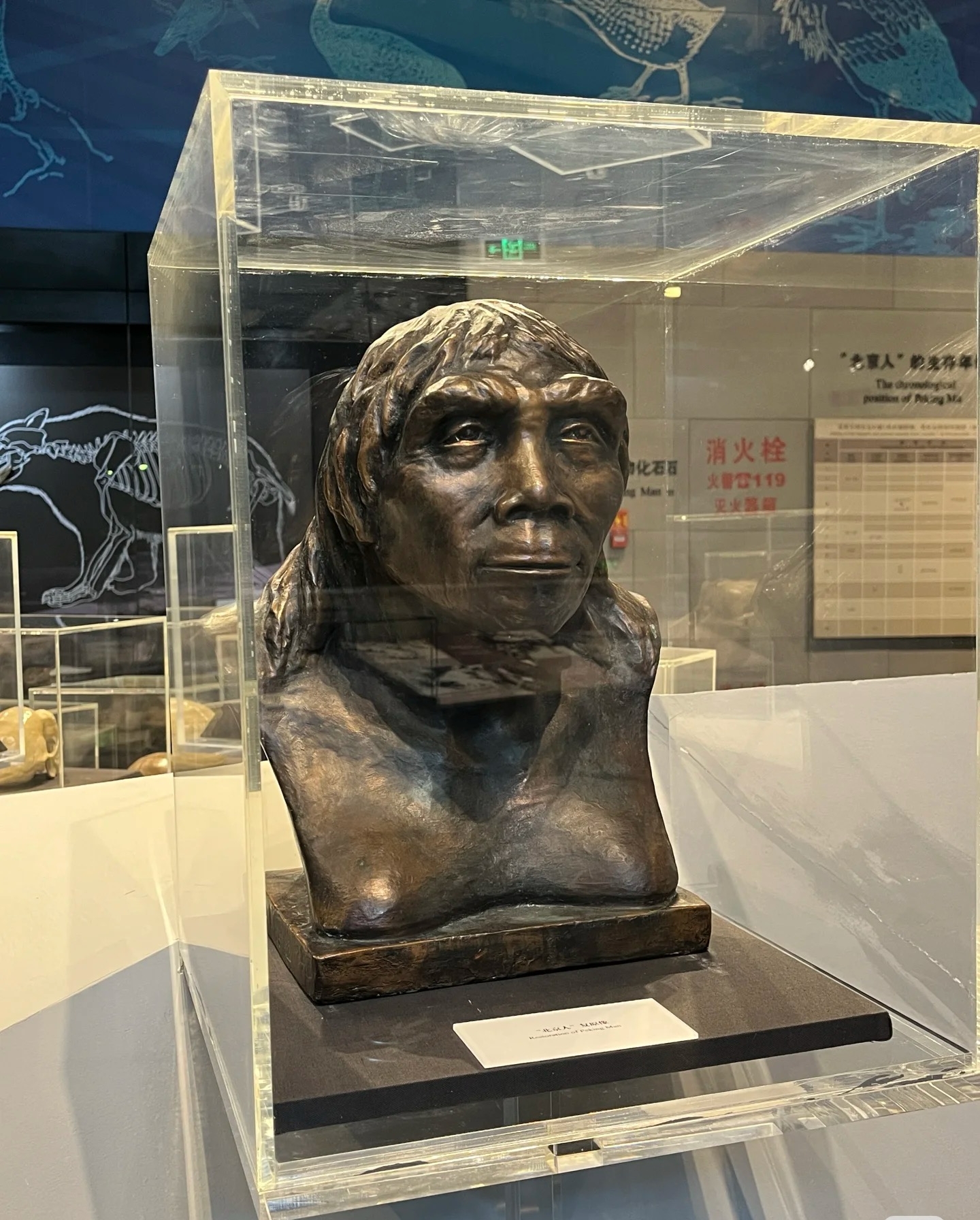

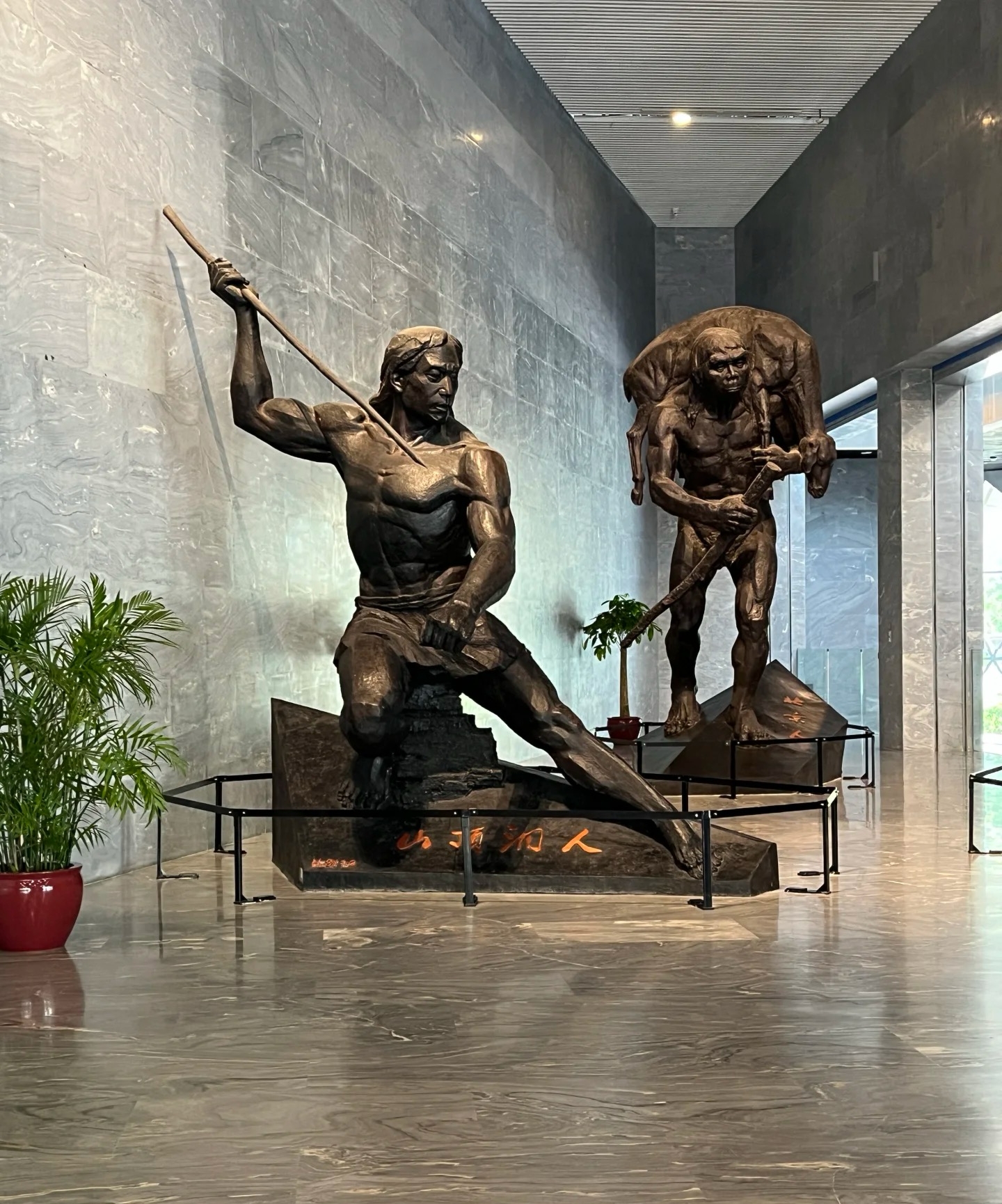
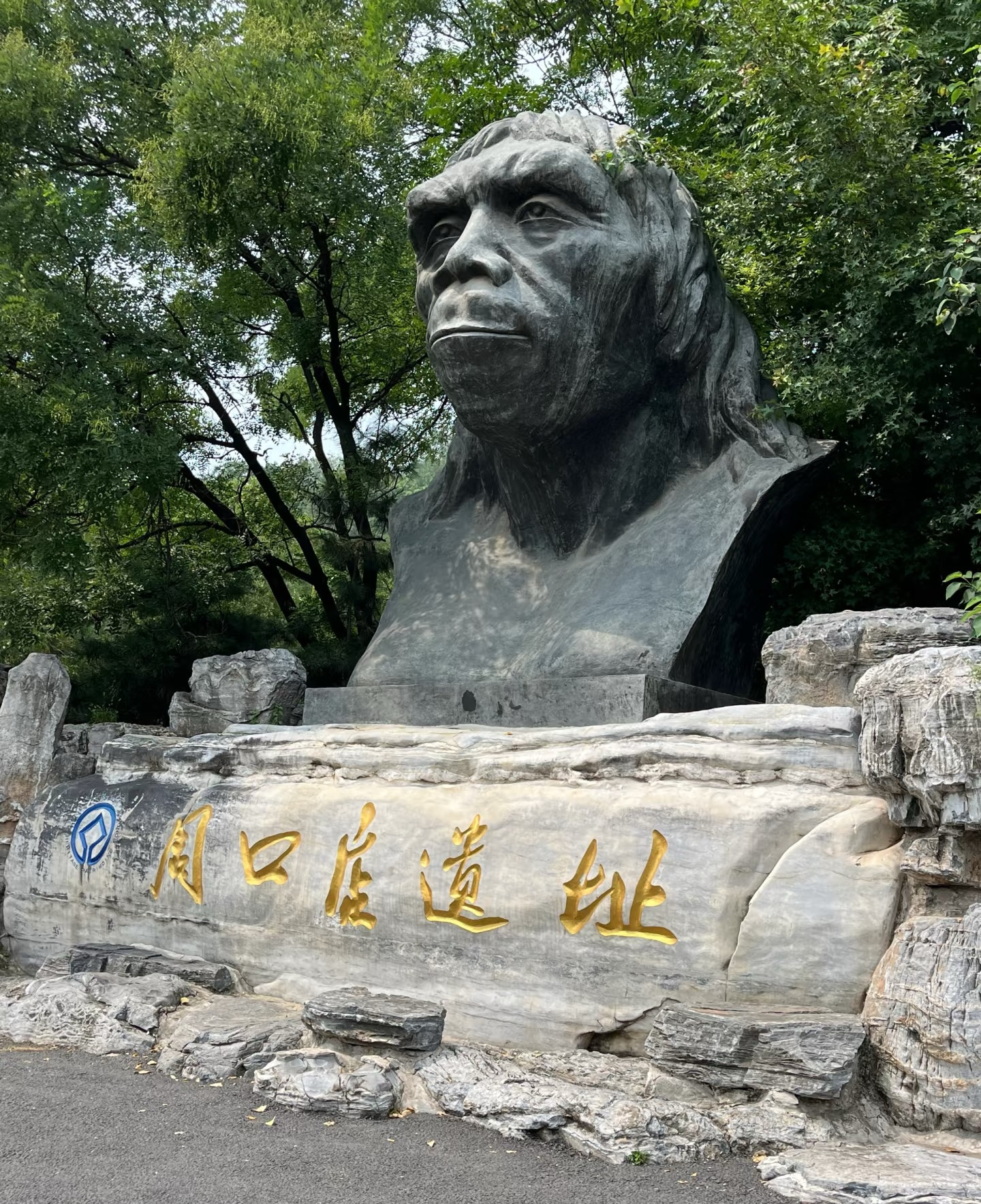
Liao and Jin City Wall Museum
The Beijing Archaeological Site Museum preserves and displays important archaeological discoveries from Beijing's rich history. The museum features excavated artifacts, ruins, and exhibits that trace the development of human civilization in the Beijing area from prehistoric times through various dynasties. Interactive displays and detailed explanations help visitors understand the significance of these archaeological findings in the context of Chinese history.
Information
Ticket price
Time
Location
Baotai, Huaxiang, Fengtai District, Beijing, China
View maps
More about the trip
Liao and Jin City Wall Museum: Unearthing Beijing's Ancient Foundations
The Beijing Archaeological Site Museum, officially known as the Liao and Jin City Wall Museum, preserves and displays important archaeological discoveries from Beijing's rich history. Located in Fengtai District, it is built on the site of the original city wall of the Liao (907-1125 AD) and Jin (1115-1234 AD) dynasties. The museum features excavated artifacts, ruins, and exhibits that trace the development of human civilization in the Beijing area from prehistoric times through various dynasties, offering a fascinating glimpse into the city's ancient past.
What to See and Do
Original City Wall Remains: The highlight of the museum is the preserved section of the Liao and Jin Dynasty city wall, which is displayed underground. You can walk along the excavated sections and see the original brickwork and foundations, providing a tangible connection to ancient Beijing.
Archaeological Discoveries: Explore the various exhibition halls that showcase artifacts unearthed from the site and other archaeological digs in Beijing. These include pottery, porcelain, bronze ware, and daily life objects, illustrating the culture and society of the Liao and Jin dynasties.
Historical Context: Learn about the history of Beijing as a capital city during the Liao and Jin dynasties, its urban planning, and the lives of its inhabitants. Informational displays and models help to reconstruct the ancient city.
Interactive Displays: Some exhibits may feature interactive elements or multimedia presentations to enhance the visitor experience and make the history more engaging.
Best Time to Visit
The museum is an indoor attraction, making it suitable for visiting year-round. Weekdays are generally less crowded than weekends and public holidays. Arrive early to make the most of your visit.
How to Get There
The Liao and Jin City Wall Museum is located in Fengtai District. Take Metro Line 10 to Shoujingmao Station (首经贸站) and then take a short taxi ride or a local bus (e.g., 67, 300, 368, 691, 820, 958) to Baotai (葆台) station. It's a bit off the main tourist routes, so using a map app is recommended.
Travel Tips
Allow ample time: Plan for at least 1.5 to 2 hours to explore the museum thoroughly.
Wear comfortable shoes: You'll be doing some walking within the museum.
Educational focus: This museum is particularly interesting for those with a keen interest in Chinese history, archaeology, and the development of Beijing as a capital city.

